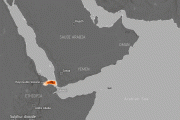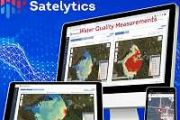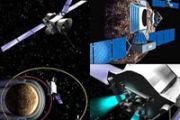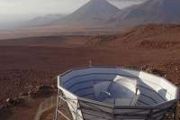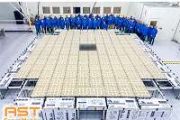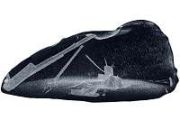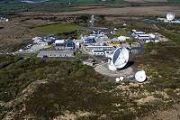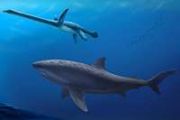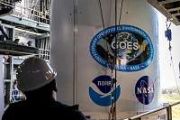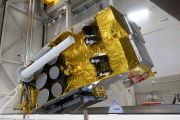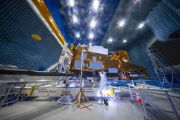
Copernical Team
UK companies join forces to build revolutionary beam-hopping satellite
 A group of UK space tech companies are developing a new beam-hopping satellite that will allow satellites to switch which part of the world they cover, managing real-time surges in commercial demand or responding to emergencies such as natural disasters, thanks to government funding.
Led by global satellite communications network OneWeb, the industrial partners have received over 32 millio
A group of UK space tech companies are developing a new beam-hopping satellite that will allow satellites to switch which part of the world they cover, managing real-time surges in commercial demand or responding to emergencies such as natural disasters, thanks to government funding.
Led by global satellite communications network OneWeb, the industrial partners have received over 32 millio Merida Aerospace plans to begin rocket test launches in 2021
 All eyes in the space launch and logistics industry are now set on Merida Aerospace following the latest announcement of starting rocket test launches in late 2021. With unique expertise, talent, and resources for spacecraft manufacturing, satellite design, satellite data collection, data distribution, and now, spacecraft launch, the company has stepped into the big game and is ready to go all o
All eyes in the space launch and logistics industry are now set on Merida Aerospace following the latest announcement of starting rocket test launches in late 2021. With unique expertise, talent, and resources for spacecraft manufacturing, satellite design, satellite data collection, data distribution, and now, spacecraft launch, the company has stepped into the big game and is ready to go all o British spaceflight to become reality as government provides launchpad for spaceports
 Satellites and rockets could launch from UK soil in 2022, with spaceports planned for Cornwall, Wales and Scotland.
Another barrier to space exploration from UK soil has been lifted, with spaceports expected to be in operation from next summer.
Developed with the UK Space Agency and the Civil Aviation Authority, new regulations being laid in Parliament will mean satellites and rocket
Satellites and rockets could launch from UK soil in 2022, with spaceports planned for Cornwall, Wales and Scotland.
Another barrier to space exploration from UK soil has been lifted, with spaceports expected to be in operation from next summer.
Developed with the UK Space Agency and the Civil Aviation Authority, new regulations being laid in Parliament will mean satellites and rocket May's Full Moon comes with Supermoon Eclipse
 As we approach month's end, there is not one, not two, but three celestial events happening with our Moon!
The Moon will be located on Earth's opposite side from the Sun and fully illuminated May 26, 2021, at 6:13 a.m. CDT. This Full Moon was known by early Native American tribes as the Flower Moon because this was the time of year when spring flowers appeared in abundance.
Compared
As we approach month's end, there is not one, not two, but three celestial events happening with our Moon!
The Moon will be located on Earth's opposite side from the Sun and fully illuminated May 26, 2021, at 6:13 a.m. CDT. This Full Moon was known by early Native American tribes as the Flower Moon because this was the time of year when spring flowers appeared in abundance.
Compared Who's an astronaut as private spaceflight picks up speed?

As more companies start selling tickets to space, a question looms: Who gets to call themselves an astronaut?
It's already a complicated issue and about to get more so as the wealthy snap up spacecraft seats and even entire flights for themselves and their entourages.
Solar storms are back, threatening life as we know it on Earth

A few days ago, millions of tons of super-heated gas shot off from the surface of the sun and hurtled 90 million miles toward Earth.
The eruption, called a coronal mass ejection, wasn't particularly powerful on the space-weather scale, but when it hit the Earth's magnetic field it triggered the strongest geomagnetic storm seen for years. There wasn't much disruption this time—few people probably even knew it happened—but it served as a reminder the sun has woken from a yearslong slumber.
While invisible and harmless to anyone on the Earth's surface, the geomagnetic waves unleashed by solar storms can cripple power grids, jam radio communications, bathe airline crews in dangerous levels of radiation and knock critical satellites off kilter. The sun began a new 11-year cycle last year and as it reaches its peak in 2025 the specter of powerful space weather creating havoc for humans grows, threatening chaos in a world that has become ever more reliant on technology since the last big storms hit 17 years ago. A recent study suggested hardening the grid could lead to $27 billion worth of benefits to the U.S.
Cosmic 2-for-1: Total lunar eclipse combines with supermoon
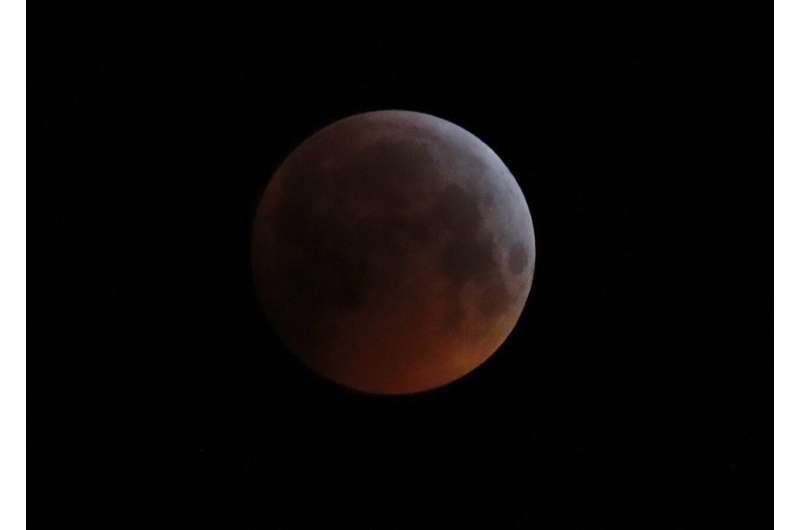
NASA rocket mission studying escaping radio waves

A NASA rocket mission, launching May 26, 2021, will study radio waves that escape through the Earth's ionosphere impacting the environment surrounding GPS and geosynchronous satellites, such as those for weather monitoring and communications.
Launching from NASA's Wallops Flight Facility, a Terrier-Improved Malemute suborbital sounding rocket will carry the Vlf trans-Ionospheric Propagation Experiment Rocket, or VIPER. The mission is scheduled for 9:15 p.m., Wednesday, May 26. The launch window is 9:15 p.m. to midnight EDT and the backup days are May 27-28. The launch may be visible in the mid-Atlantic region.
VIPER is studying very low frequency radio, or VLF, waves that are produced by both natural (e.g. lightning) and artificial means. During the day these waves are trapped or absorbed by the Earth's ionosphere. At night, however, some of the waves escape through the ionosphere and accelerate electrons in the Van Allen Radiation Belt.
"At night, the lower layers of the ionosphere are much less dense, and more of the VLF can leak through, propagate along the Earth's magnetic field lines, and end up interacting with the high-energy electrons trapped in the Van Allen Radiation Belts," said Dr.
First leap for beam-hopping constellation
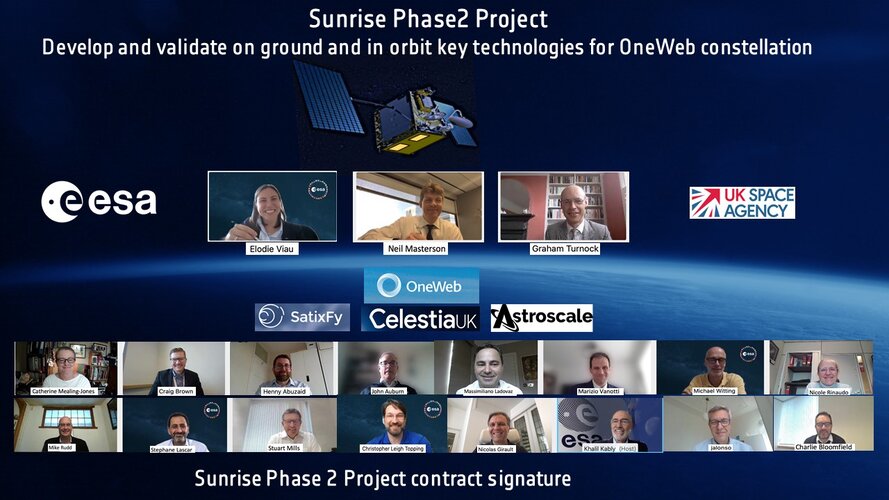
Broadband satellites that can be completely repurposed while in orbit have just taken a leap forwards.
NASA additively manufactured rocket engine passes cold spray, hot fire tests
 NASA is partnering with Aerojet Rocketdyne to advance 3D printing technologies, known as metal additive manufacturing, and its capabilities for liquid rocket engines in landers and on-orbit stages/spacecraft.
The Robotic Deposition Technology (RDT) team, led out of NASA's Marshall Space Flight Center in Huntsville, Alabama, is designing and manufacturing innovative and lightweight combusti
NASA is partnering with Aerojet Rocketdyne to advance 3D printing technologies, known as metal additive manufacturing, and its capabilities for liquid rocket engines in landers and on-orbit stages/spacecraft.
The Robotic Deposition Technology (RDT) team, led out of NASA's Marshall Space Flight Center in Huntsville, Alabama, is designing and manufacturing innovative and lightweight combusti 






